The UK recreational and technical diving industry is continuing to lobby against a forced change to a proposed ISO cylinder testing standard. Rosemary Lunn reports on the situation
Historically, the UK cylinder testing regime for scuba cylinders used to be every two years (visual) and every four years (hydraulic). The cylinder is also visually tested when it is hydraulically tested.
This changed in September 2002, when IDEST (Inspectorate for Diving Equipment Servicing and Testing) was one of the parties that advocated that the hydraulic test period should be increased to a five-year period in the UK. Therefore, the visual inspection period was increased to two-and-a-half years. In other words, the test cycle time was extended!
Now the UK is under pressure to amend this test cycle and bring in an annual cylinder visual test. While we do not know what the new test specifications are going to be, it could be a retrograde step, and may not be as rigorous as the current 30-month British visual.
What is equally maddening to the UK diving industry is that there is no evidence that this change is necessary, nor that it will proportionally increase safety. In fact, many diving professionals and agencies worry that it will make diving less safe because a certain amount of cylinder filling will go ‘underground' as divers look to save money on testing.
There is already anecdotal evidence on social media that divers will buy a personal compressor to avoid cylinder testing. This is a typical comment:
“Buy your own compressor. £1,500 outlay but no more testing! (You can do your own visual if you want). I bought mine six years ago, perfect air fills every time, 240 bar, no half fills, no dodgy air, or waiting for dive shops to open, and I average 50p per fill costs, including twice yearly servicing the compressor. It's a no-brainer for me.”
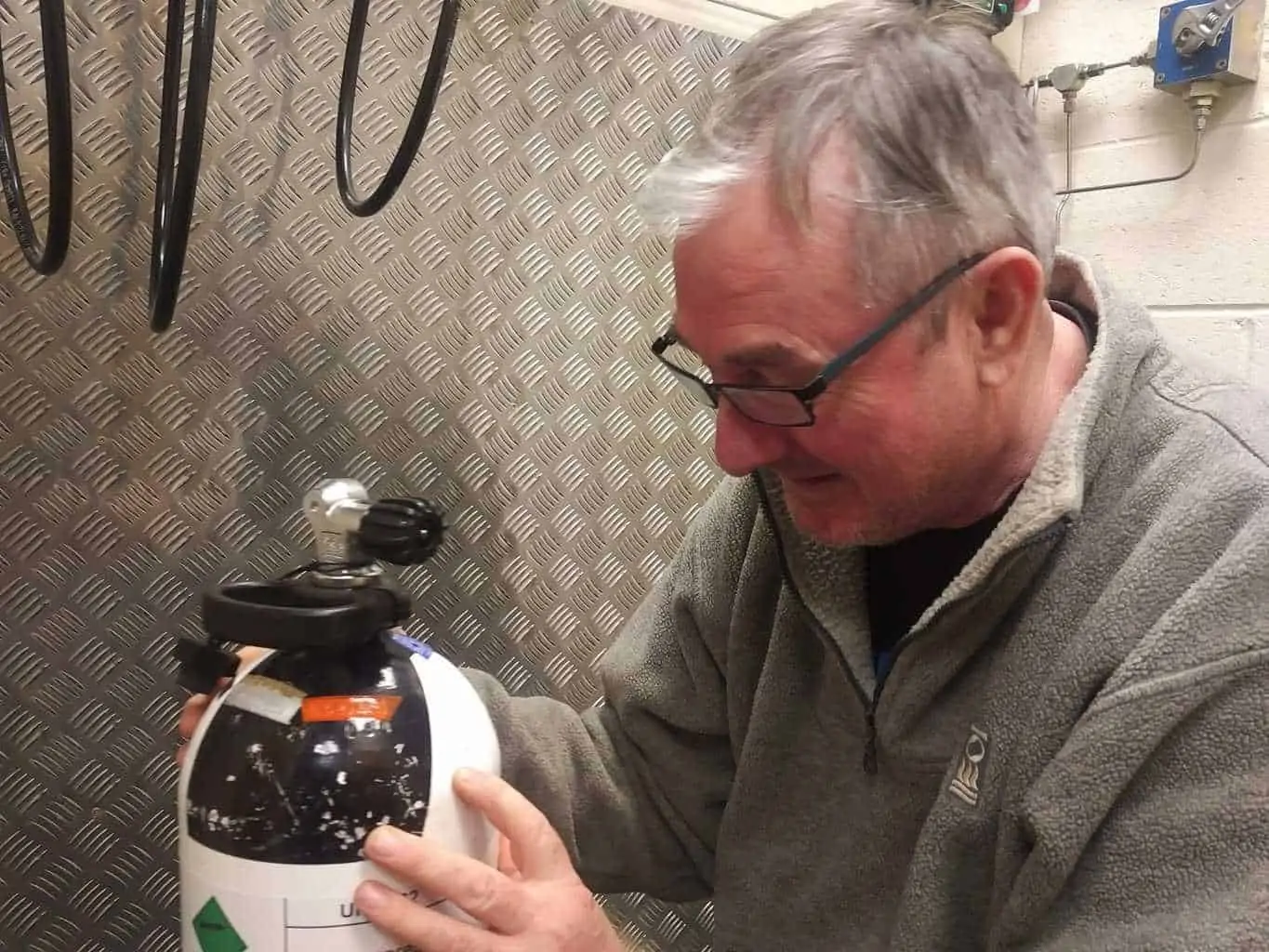
The fear is that this new annual standard will put the divers at risk because there will be less adherence to the current inspection and testing regime. Divers will simply not get their cylinders tested. No one wants to be around a cylinder when it fails, and it is possible that when a cylinder is not inspected for a number of years that it will fail at some point, be it at a dive site, on a dive boat, or in a car when it is being transported.
The proposed ISO annual test is an international standard and it is being applied to every cylinder across the board – from 0.5-litre to 120-litre – in every industry, from aviation and brewing through to cryogenics and diving. This new standard is being pushed by America and Australia – two countries where quite a lot of diving is done on aluminium diving cylinders, where there has been issues with the cylinder necks cracking.
So, let's compare the UK IDEST visual test process against the USA process.
UK
- The cylinder is logged in on a job sheet.
- The boot and any stickers on the cylinder are removed.
- The cylinder is externally assessed for damage and corrosion.
- The cylinder is checked to ensure it is empty. If it is not, any gas is released.
- The valve is removed using a special jig to ensure that it is not damaged.
- The stem threads (the part that is screwed into the cylinder) and the outlet threads (where you screw your DIN regulator into the valve) are cleaned.
- Once cleaned, both the stem and the outlet threads are checked with a GO gauge. If the GO gauge does not go all the way, then the threads are inspected to find out why this could not happen.
- The stem and outlet threads are then checked with a NOT GO gauge. This should not go on more than two turns maximum on the threads. If it does, there is a fault with the threads and they are duly inspected.
- In the case that the valve passes the GO / NOT GO gauge test, it is then dismantled and put into an ultrasonic cleaner to clean all the parts.
- The cylinder is placed on a bench and internally inspected using either a drop light or a Boroscope. If a drop light is used, then a dentist's mirror is utilised to check the inside of the shoulder for damage, corrosion, or anything abnormal.
- The valve is washed in fresh water, dried and reassembled with new O-rings and white Teflon washers.
- The valve is then screwed into the cylinder and made ‘hand tight'. It is then torqued to the correct tension.
- The cylinder is stamped with the IDEST centre's unique stamp, including whether it has been visually or hydro-statically serviced. It is stickered to show when it is next due for a service.
In the USA, cylinders are visually inspected only. While the threads are closely looked at using a magnification device, they are not physically checked with GO / NOT GO gauges, nor is the valve always serviced at this time. It may be serviced. It may not be serviced. Unlike the UK, there are no set standards for cylinder inspection, other than a hydrostatic test must be conducted every five years.
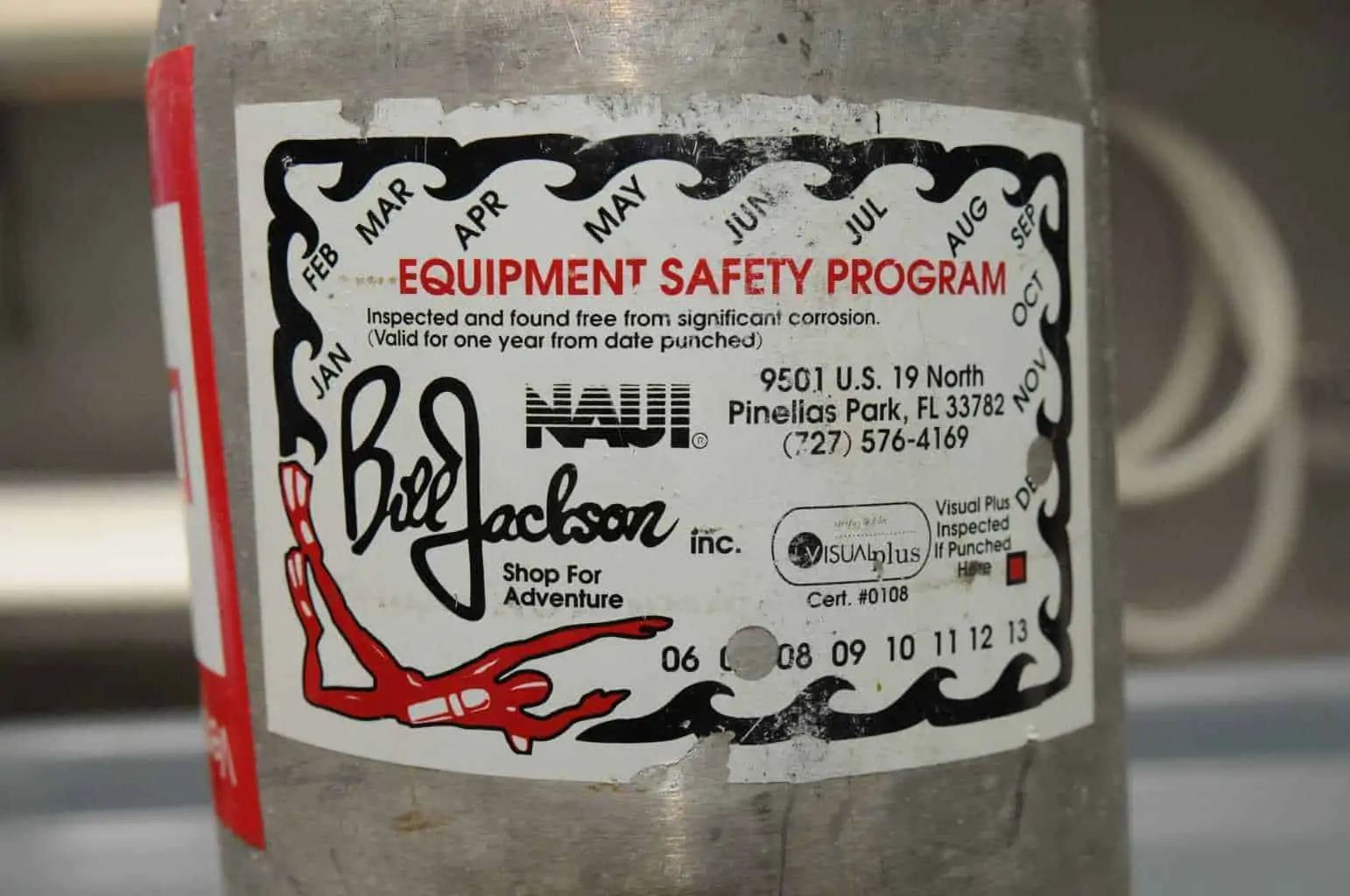
In other words, in a typical USA visual service, the valve is whipped off, a technician takes a look and puts the valve back in. It is a basic inspection and does not remotely compare with the current, safer IDEST visual inspection.
In February, a BSI (British Standards Institute) meeting was held in Pretoria, South Africa, to deal with 130 amendments to standards. Only 58 standards were covered, and a follow-up meeting is scheduled for late-April 2017.
The British Sub Aqua Club (BSAC) sponsored Gavin Anthony, a forensic scientist specialising in the testing of diving equipment, to attend this meeting. Gavin Anthony was the only scuba specialist in the room. He advocated against this standard, asking for the evidence that shows annual visual testing will make diving safer. There has been a lot of talk, but no solid evidence has been forthcoming.
The UK voted against the standard change, but was outvoted. However, the final content of the standard is not yet fixed and IDEST is still pursuing a proposed amendment to the recommended interval for internal visual inspections.
In the meantime, IDEST has not seen any evidence that this change is necessary, nor that it would proportionately increase safety and so, with the support of SITA and the UK recreational and technical diving industry, is against an increase in the frequency of inspection for diving cylinders.
IDEST has got data proving that the 30-month visual inspection is satisfactory. They have been monitoring why cylinders fail. Their data confirms that on a small percentage of cylinders fail because of internal and external rusting. However, 75 percent of failures are caused by thread issues. Given that 75 percent of failures are due to thread wear / damage, what is the logic of increasing the frequency of removal and refitting?
Since 2012, thousands of cylinders have been tested in the UK. In that time, there have been approximately six cylinder accidents. One cylinder exploded. It had suffered massive corrosion and had not been tested for six years.
The reason that the UK recreational and technical diving industry has been safe up until now is that thanks to IDEST, we have a thorough, periodic internal inspection regime that encompasses thread gauging.
For instance, it picks up on the issue of mismatched valves and cylinders. This occurs when an untrained person screws together a valve with one size thread (say M25) into cylinder with another size thread (say G3/4). It is possible that when the cylinder is filled that the valve may not fully come out and air leaks from the cylinder. Unfortunately, last year, a member of staff in a dive shop in Europe was killed when a valve blew out of the cylinder he was filling. It hit him in the face, and he died three hours later.
The use of GO and NOT GO gauges also ensures that where cylinders and valves fail the thread gauge tests, they are taken off the market and destroyed. If the use of thread gauges is not part of a visual inspection, it will cause issues.
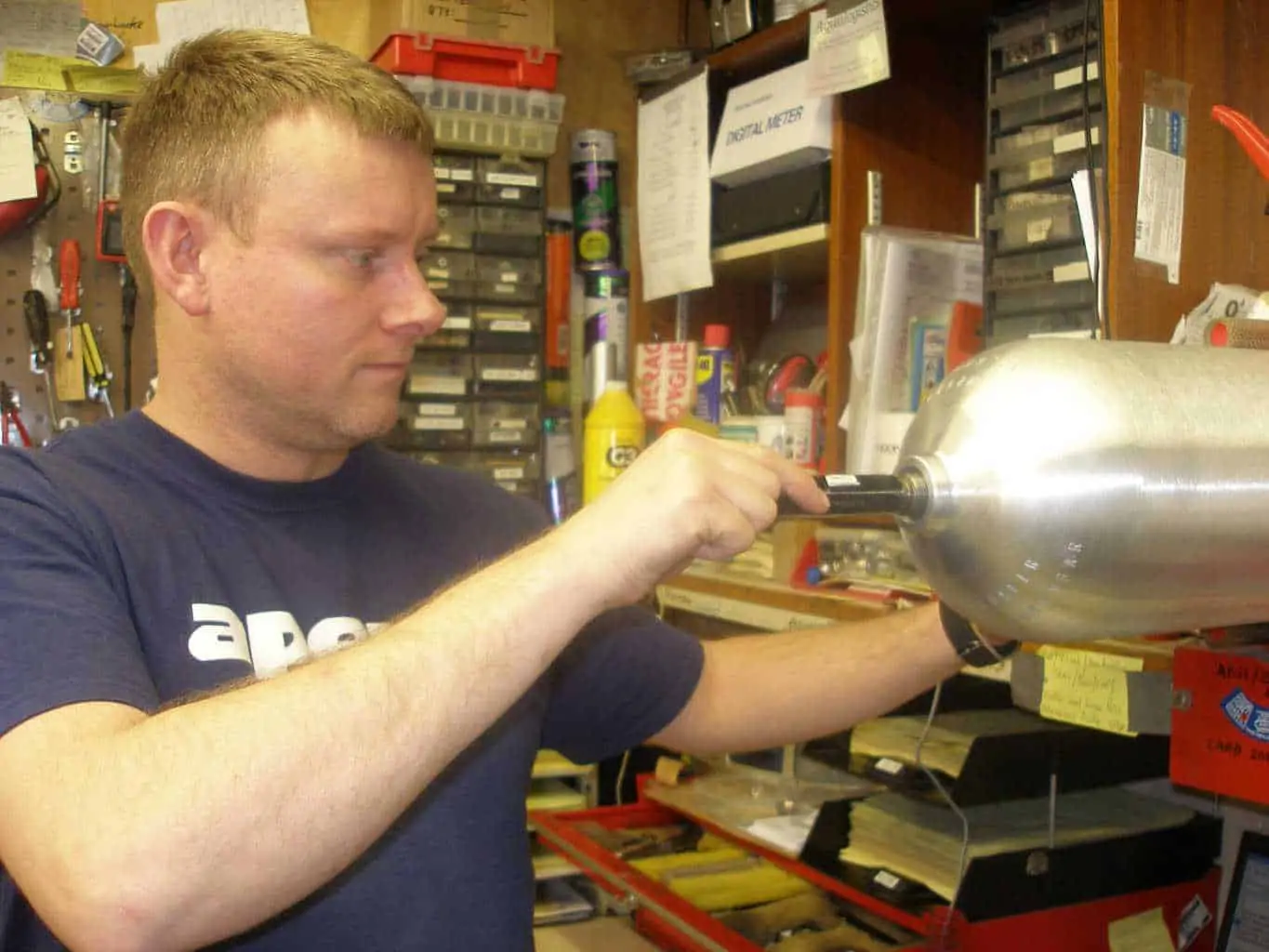
WHAT HAPPENS NEXT?
The adoption of the ISO standard is automatically undertaken by the countries who signed up to the Vienna Agreement in 1991, and this includes the UK. Consequently, this would apply whether or not the UK is in or out of the EU because the decision to comply with the Vienna Agreement is one made at governmental ministerial level.
In the meantime, the whole of the UK's recreational and technical diving agencies, along with SITA and IDEST, continue to advocate on behalf of UK divers and explore alternatives to the proposed testing changes. One possible route is via a risk assessment.
Not all pressured cylinders are treated the same way in the USA. Diving cylinders are classed as ‘sport and recreation'. They are not classed as ‘commercial cylinders'. Therefore, BSAC has been discussing the idea of introducing a risk assessment alternative for domestic cylinder use with the HSE. However, divers may have to prepare for an increase in cylinder inspection frequency if this is not successful.
It is currently anticipated that, if implemented, the cylinder testing changes could come in as early as October 2017.
IDEST – A potted history
IDEST was founded in 1985 by Mike Todd. Before this time (in the UK), there was no standard for servicing cylinders and regulators. Divers, therefore, had no guarantee as to the technician's skill or expertise, nor to what level the equipment was serviced to. For instance, one technician could visually test a cylinder by taking off the valve, looking inside it, and then replace the valve, while another would service the cylinder valve before replacing it.
Today, IDEST centres work to set standards. IDEST ensures that test stations and their technicians adhere to CP11:2011 Code of Practice, thus ensuring high-quality service and testing, thereby keeping scuba customers – and the people who fill their cylinders – safe. IDEST centres are tri-annually inspected, and there is an appeals process for customers who feel that their equipment has not been correctly serviced.
IDEST itself is accredited by UKAS to ISO / IEC 17024. (UKAS is the UK's Accreditation Service and it is recognised by the British Government to assess the competence of organisations that provide certification, testing, inspection and calibration services.) IDEST is therefore also (annually) inspected and checked by the Government to ensure that it also adheres to the highest standards at all times.
Photographs by IDEST, and Rosemary E Lunn/The Underwater Marketing Company
Our gear content is sponsored by Mike's Dive Store, the UK's premier dive retailer. For all your diving needs visit them in-store or online for your diving, freediving, snorkelling and servicing.
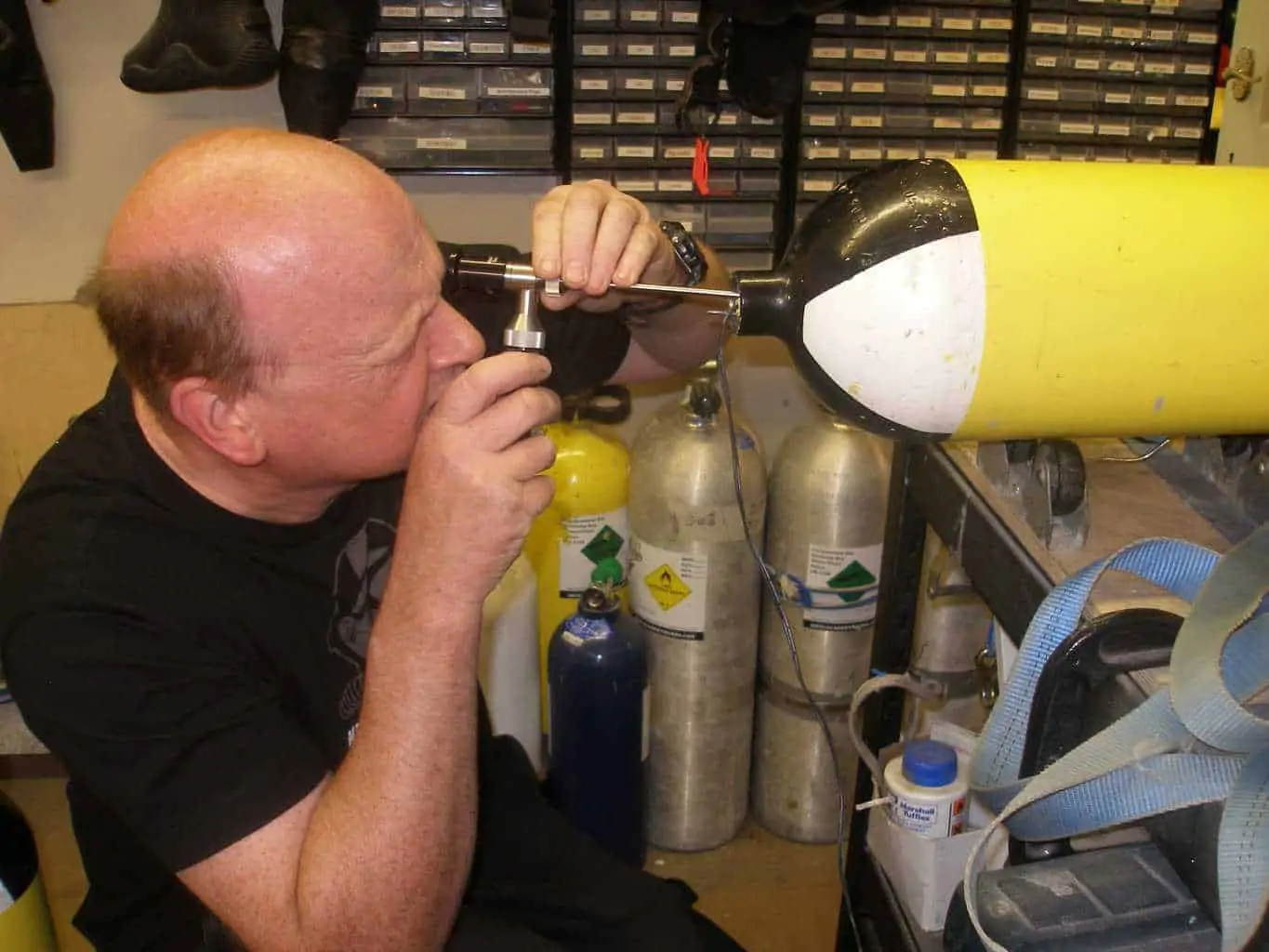





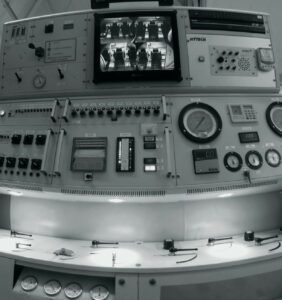
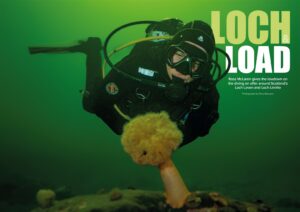

The technician who looks after my tanks had a tank brought to him following its purchase on eBay. It was around 15 months old, looked immaculate, but the buyer wanted to be certain it was safe. When the valve was removed, the interior was thick with rust, to the point where the tank wall was too thin and it failed! (In the article there is no mention of running a gauge on the tank to assess the thickness of the tank walls… it is part of the test!) It turned out the original owner had his own compressor, only serviced it annually, and it looks like it was pumping wet gas. Rather than increase test cycles, surely there needs to be a clamp down on compressors and enforcing filter changes and training first?
This a quite inaccurate and partisan article, at a time where accuracy and clarity is required. To say that an opportunity to inform and educate the diving public has been missed is an understatement.
Ms Lunn makes it appear that the current test periods were fought for by IDEST when, in reality, standards are always the result of the input of numerous interested parties and the outcome is generally a compromise on which the majority can agree. When a standard is under development, one national standards body is given the lead role in compiling and creating or updating the standard in question. The inspection periods in BS EN 1802 and BS EN 1968 were derived from the period agreed for the majority of transportable gas cylinders i.e. 10 years. The period on which the majority agreed for the testing of breathing apparatus cylinders was half of this i.e. 5 years. Since, generally, all nations had interim visual inspection periods for Scuba cylinders, the obvious choices, for visual inspection, was going to be either annual or half of the 5 year test period. Had the majority been determined to have annual inspections, we would have had them in 2002. However, after some debate, the majority agreed on half of the hydraulic test period i.e. 2.5 years, giving us the current European regime for Scuba cylinders of 5 years inspection and test with a visual inspection every 2.5 years.
The process for developing ISO 18119 follows the same process with, in this case, ANSI (USA) being appointed to develop the standard and incorporate the input from all the national standards bodies involved. It is not surprising that annual inspection for Scuba cylinders was chosen since, worldwide, many countries have annual inspection periods or, like the Australians, annual testing.
Ms Lunn says that the implementation of BS EN ISO 18119 may not be as rigorous as the current standards. Why not? A comparison between the current Standards, BS EN 1802 and BS EN 1968, and the most recent draft of BS EN ISO 18119 reveals that there is little practical difference between them. If those who inspect and test are properly trained and equipped, there’s no reason why the quality of inspection should be affected.
Ms Lunn fears that a large proportion of divers will go out and buy a compressor, fill their own cylinders and never have them tested. Recreational divers have always been free to do as they please and there will always be a minority who will disregard safety advice. Her statement presupposes that divers have no regard for their own safety and of those around them. Additionally, how many divers never get a fill from a dive shop? The moment the “self-filler” takes the cylinder elsewhere for a fill, without a current and recognisable inspection mark, it will be refused. Whilst some might take a portable compressor with them for filling one or two of their own cylinders, If Ms Lunn would try filling 10 or 20 cylinders, on a club trip, from a portable compressor (or mix gases away from home, for that matter), she’d realise that self-filling isn’t always practical, making a visit to the local dive shop necessary, therefore, the cylinders will need to be tested. The same is true if a dive boat skipper provides the fills.
There seems to be fear that the diving population will reduce if annual testing becomes the norm. Lots of countries, such as America, have an annual inspection regime. Australia has an annual hydraulic testing regime! Diving is flourishing in both countries and the cost of inspection is accepted as part of the cost of participation.
Past experience shows that when a major change comes about, the current diving population tends to react vociferously against it but, within a few years, as new blood enters the sport, the changes are embraced as the normal situation. One only has to look back at the reaction that occurred, when the BSAC introduced change, like the Dive Leader qualification, and the move from London to Ellesmere Port. Are members still protesting about these? No!
Ms Lunn seems to think that American and Australian inspection and testing regimes have something to do with the prevalence of aluminium cylinders in those countries. The fact is that the Americans were inspecting annually, when steel cylinders were more common whilst the Australian market contains a large proportion of steel cylinders. With regards to the issue of neck cracking, this problem relates mainly to a type of alloy called AA6351. This alloy has not been in use for manufacturing Scuba cylinders for over 20 years. Currently, aluminium cylinders are made from AA6061 for which no special precautions are required. Although still small numbers, Ms Lunn should note that although less popular in the UK the numbers of aluminium cylinders, in the UK, is on the increase, as technical divers are using them for stage and side mounted cylinder.
Ms Lunn makes it appear that there are major differences between USA and UK inspection requirement when in fact they are similar. What makes the difference is the high standard of implementation in the UK is much better than in many countries.
Ms Lunn makes it appear that IDEST have set the inspection requirements when, in fact, they are derived from a number of British, European and ISO standards, the key standards include:
• BS EN ISO 25760, Procedures for the safe removal of valves from gas cylinders.
• BS EN ISO 22434, Inspection and maintenance of cylinder valves.
• BS EN ISO 13341, Fitting valves to cylinders.
• BS EN ISO 13769 Stamp marking.
• BS EN 1089 Pt 3, Cylinder identification colour codes.
• BS EN ISO 7225, Precautionary labels
• BS EN ISO 228 and 1502 Thread standards that include Go/Not Go allowances.
• BS EN 1920, Inspection at the time of filling.
Note that all of these are British and European standards and the majority are ISO standards!
Ms Lunn gives the impression that only IDEST carry out these procedures, when there are two other organisations whose cylinder inspection and testing schemes are at least as comprehensive. These are: the United Kingdom Accreditation Service (UKAS), the statutory scheme, and the Association of Scuba Service Engineers and Technicians (ASSET). Additionally, the ASSET training scheme is the most comprehensive available and provides cylinder inspectors and testers with the knowledge and skills to carry out cylinder inspection and testing to the required standards.
Ms Lunn seeks to compare the UK inspection regime with that of America, however, her comments are erroneous and imply that the Americans don’t have any standards or oversight. Clearly she has not done any research into American rules and regulations or current American practice. In the past, like in the UK before the 1980s, the application of standards, in the American Scuba industry was poor but it is improving. The USA Department of Transport (the responsible body for the enforcement of the regulations) has had compulsory registration for Cylinder Inspectors since 2012. Each inspector is issued with an individually traceable registration number to be stamped onto each cylinder.
The Americans have been ‘Codes of Federal Regulations’ for cylinder inspection and testing for many decades. These require that cylinders be inspected in accordance with CGA C6 and CGA C6.1 for steel and aluminium cylinders respectively. The requirements of these codes are comprehensive and call for threads to be inspected in accordance with ASME B1.20, which calls for thread gauges to be used during thread inspection. The problem, in the past, was that the requirement for gauging was ignored.
Ms Lunn goes on to say that the USA treats Scuba cylinders as sports equipment, implying that lower standards are applied to Scuba cylinders when, in fact, exactly the same inspection and testing requirements apply to all cylinders in America.
The one statement with which I wholeheartedly agree is the need to use of thread gauges. Failure to check threads with gauges is guaranteed to result in defective and mismatched threads being returned to service and, sooner or later, a catastrophic failure, resulting in serious injury or death.
Since Ms Lunn’s article was published, things have moved on and the proposal for a risk assessment based approach allowing for a 2.5 year inspection has been incorporated into the draft of ISO 18118 and accepted in principle by DfT and HSE. The documentation to facilitate a 2.5 yearly inspection of recreational Scuba cylinders is being developed. Hopefully, the process will satisfy all parties not just recreational divers but also those who are deemed by law to be at work, for example dive shops, dive schools and dive boat operators who supply fills to their clients.
However, what could have been a useful and informative article was marred by spurious facts and a failure to check her facts.
Steve Burton BSc(hons) C.Eng., MIET
While reading this I came across the name Mike Todd could this be the Mike Todd I new at Bromley branch of BSAC in the 1969/70s? A very pleasant Yorkshire man & 1st class diver who gave us considerable help in becoming safe & knowledgeable divers, also eventually I passed my second class and became a club instructor.
Shame you refer to it as hydraulic testing which is incorrect. It’s hydrostatic testing.